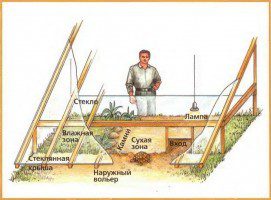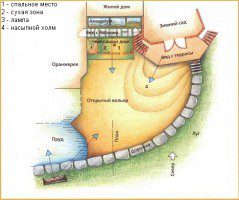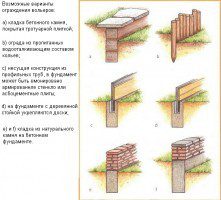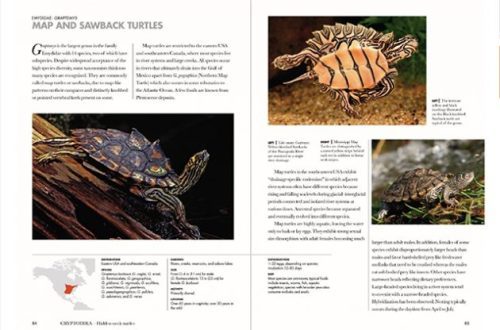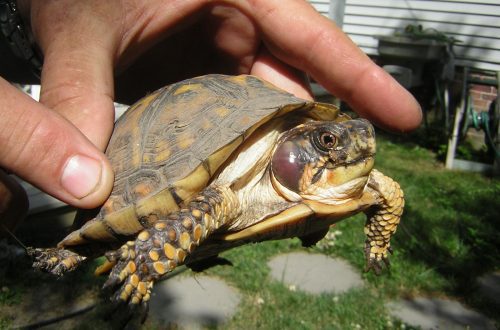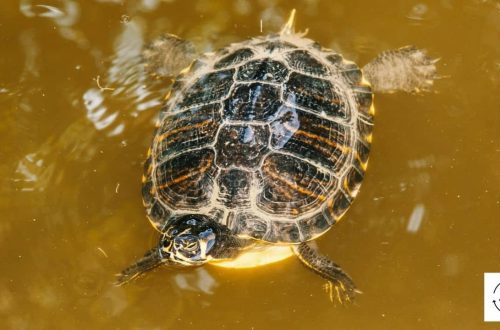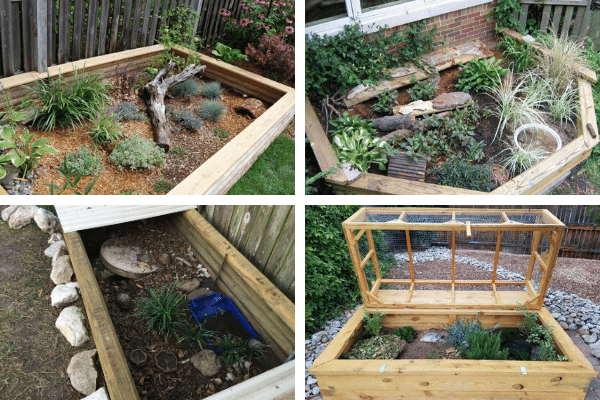
कछुवाहरूका लागि बाहिरी घेरा वा घेरा
The turtle can be left in the enclosure during the day if the air temperature is at least 20-22 C, and at night – if the night temperature is not lower than 18 C, otherwise the turtle will have to be brought into the house for the night, or a closed enclosure or an enclosure with a closed house should be used to keep it.
There are several types of enclosures or pens outside the terrarium:
- Aviary on the balcony
- Temporary open-air cage on the street (in the country)
- Permanent aviary for the summer on the street (in the country) open and closed
Walking on the balcony
Usually balconies in city apartments are not suitable for keeping and walking turtles there. Open balconies are often made in such a way that the turtle can fall out of the gap on the floor, and on closed balconies in the summer there is a real steam room, where the turtle can get a heat stroke. If your balcony is not like that, then you can equip part of the balcony for a summer turtle enclosure with constant temperature control.
In such an enclosure, there should be shelters for the turtle in the shade, direct sunlight, which is not prevented by glass (it does not conduct ultraviolet). Also, the aviary must be protected from birds and from wind and drafts.
The first option is a fenced part of the balcony, with soil on the floor, while the height of the fence should be 3-4 times higher than the turtle and not have ledges for which it can catch on and climb over the fence.
The second option is a wooden box with soil. Make a box of beams and pine boards, whose length is from 1,6 to 2 m, width about 60 cm, height – to the lower edge of the window sill or balcony railing. To prevent rotting of the boards, the box is tightly laid out from the inside with a thick plastic film, which is hermetically glued to the edges. Plexiglas plates serve as a cover. The front edge of the plates should be slightly raised to allow rainwater to run off. The front of the box should be 10-15 cm lower than the back, so the plates that close from top to bottom lie obliquely. Thanks to this, not only does rainwater drain faster, but more sunlight is captured. The enclosure must be closed completely only in cool weather, and in warm weather – only one part of it. Place a feeder and a bowl of water in the aviary. The box is filled with 10 cm expanded clay. A layer of garden soil or forest soil is laid on it. Between the layer of earth and the upper edge of the box there should be such a distance that the turtle could not get out. Further, the box is decorated with plants and decorative elements.
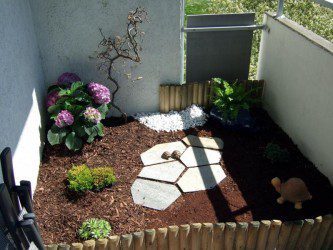
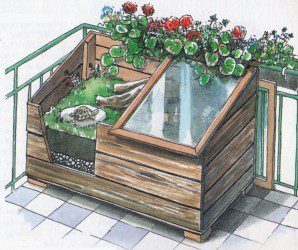
The enclosure (approximately 2,5-3 m long) should be placed in a place where the vegetation is not poisonous for turtles. It should have small slides so that the turtle can climb them and be able to roll over if it falls on its back; a small pond (no deeper than half a tortoise shell); a house from the sun (wooden, cardboard box), or some kind of canopy from the sun; edible plants or grass for the turtle to eat. The location of the enclosure should be well lit by the sun, be accessible and visible to the owner.
The height of the turtle enclosure in the garden should be such that excellent climbing turtles cannot climb over them (probably at least 1,5 times the length of the largest turtle). It is advisable to make a horizontal “bend” 3-5 cm inwards from above along the perimeter of the fence, preventing the turtle from climbing over, pulling itself up to the edge of the wall. The walls of the corral fence should be dug into the ground at least 30 cm, or even more, so that the turtles cannot dig it (they do it very quickly) and get out. It would not be bad to close the area from above with a net. This will protect the turtles from other animals and birds. it should be remembered that dogs (especially large ones) perceive turtles as living canned food on legs and sooner or later they will want to feast on it. Cats are not a pleasant neighborhood for a turtle either.
The front paws of turtles are very strong, which allows them to keep well with the help of claws in crevices, cracks, grooves, on hills and uneven terrain. The persistence of the turtle and the possible help of other turtles often lead to a successful escape.
Enclosure requirements: * the fence for the animal must be an insurmountable obstacle along its entire length; * It should not cause the animal to want to climb on it; * it must be opaque; * its surface should be smooth, not provoking the animal to climb; * it should accumulate heat, serve as protection from the wind; * it should be easily surmountable for the owner and well visible; * it must be aesthetic.
बार बनाउन प्रयोग गर्न सकिने सामग्रीहरू: कंक्रीट ढुङ्गा, कंक्रीट स्ल्याब, पक्की ढुङ्गा, काठको बीम, बोर्ड, स्टक, एस्बेस्टोस-सिमेन्ट बोर्ड, प्रबलित गिलास, आदि।
Sizing, design, materials and equipment for a turtle house depends on whether we are going to keep animals in it only during the warm months or all year round. Turtles can be quite successfully kept in greenhouses with a specially equipped corner for turtles.
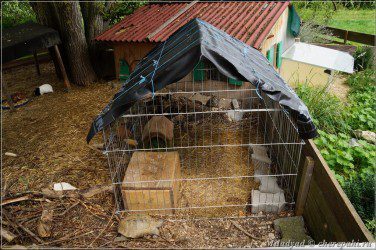
भूमि should consist of simple earth, sand, gravel and stones 30 cm thick. There should be a slope where water can drain during rain. You can plant a corral in various बोट: clover, dandelions, other edible plants, gorse, juniper, agave, lavender, mint, milkweed, sunflower, cistus, quinoa, thyme and elm.
